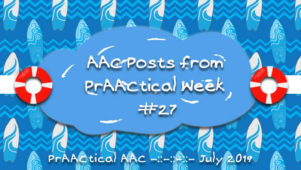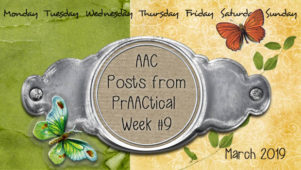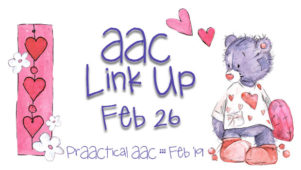Daylight Savings Time & PrAACtical Behavior
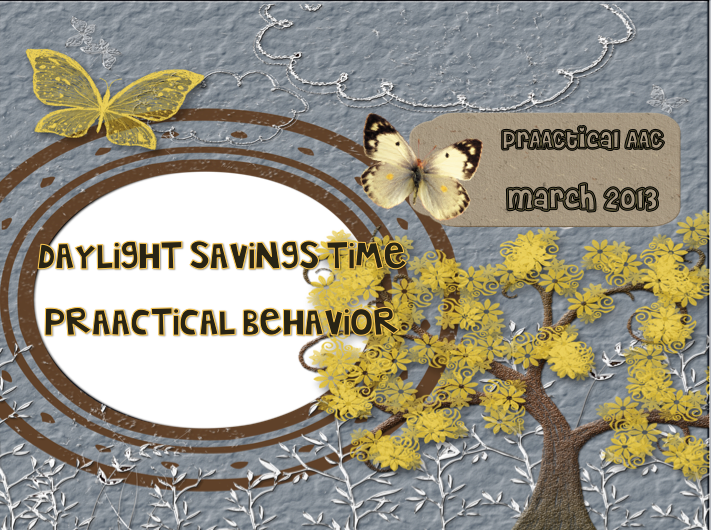
 We have noticed that daylight savings time has been difficult for some of the learners that we know (for more about this see Karla Fisher’s ASD page). Sleep patterns seem to have been out of whack which in turn may lead to some re-emergence of behaviors that may pose challenges in speech-language sessions. However, instead of getting frustrated, this is the time to get more organized, teach more high priority communication (“need an extra break today”), and in some ways be more flexible.
We have noticed that daylight savings time has been difficult for some of the learners that we know (for more about this see Karla Fisher’s ASD page). Sleep patterns seem to have been out of whack which in turn may lead to some re-emergence of behaviors that may pose challenges in speech-language sessions. However, instead of getting frustrated, this is the time to get more organized, teach more high priority communication (“need an extra break today”), and in some ways be more flexible.
Be prepared to use the visual supports that keep learners focused, highly interested, and organized. By staying with the basics, there will be no need to sacrifice in AAC & language learning time.
Remember to Use:
Choice Boards– Give lots of choices. When we choose what we do, we are more likely to be interested and participatory. The session goals can remain the same but a learner can choose between book 1 or book 2, or activity 1 or 2, or even Things to do with a car/doll, ______. Even though a choice is being made, you are deciding between the choices. More about choices:
Choices in Choicemaking/, Communication Connections via Requesting & ChoiceMaking,
Choice Boards from Geneva Centre for Autism ,
First- Then Boards– Use anytime a learner has moved or lost attention from an expected task but would prefer to do something else. ‘First finish ______ then we can _______’. Sometimes, all you need is for the learner to ‘tell’ that he is finished before an activity is stopped- ‘First tell me finished and clean up, then we can choose another activity’. For a quick print out of a first then board, check out Lizzie Feldman’s example on boardmaker share (thanks Lizzie!)
or PrAACtical AAC’s Behavior Pack
Labels, Signs, Borders– Make expectations clear so the learner knows where to get things, where to go and not to go. Have systems that allow for knowing about the materials in a room so they do not have to search.
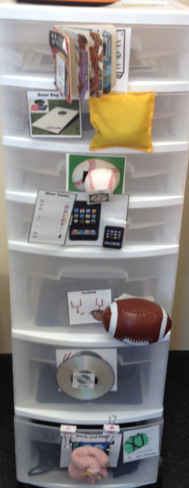
Consequence Maps- Consequence maps help support positive behavior by visually explaining the result or consequence of various behaviors. More on consequence maps- Supporting Positive Behavior through Contingency Mapping.
More on Positive Behavior Visual Supports-
PrAACtical AAC Thoughts About Challenging Behavior
PBS & Visual Supports
Power of the Visual Planner
PrAACtical AAC Supports for Behavior
** Visual Supports are Evidence Based
Filed under: PrAACtical Thinking
Tagged With: Challenging Behavior, resources
This post was written by Robin Parker


